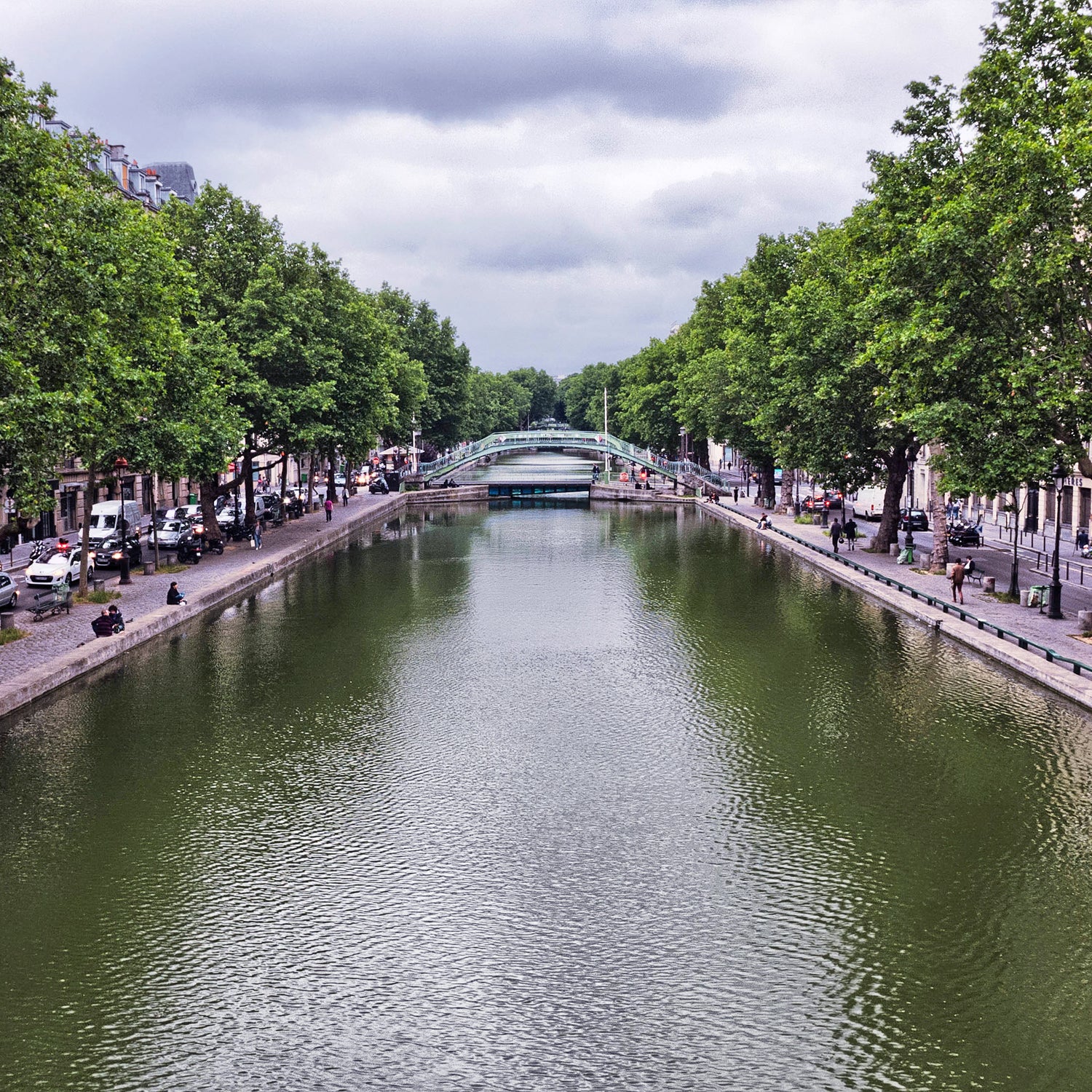Paris is a city known for many things—its architecture, its fromage, its lovers—but exercise is decidedly not one of them. Exerting oneself publicly in sweaty, non-chic clothing is considered tres vulgaire and violates one of the underlying maxims of Parisian life: don’t, under any circumstance, look ridiculous or unsophisticated. Instead, Parisians offset their indulgent meals with long walks to the next bar or walking up the Metro stairs.
That may work for the locals, but if you’re a visitor to Paris, exercise serves an important dual purpose: burning off the ridiculous amounts of calories you should be consuming during your visit and helping you see a version of the City of Light beyond the tourist clichés. If you go to Paris and don’t run, you’re missing out.
However, be warned: you’re more likely to get a cigarette put out on your thigh than you are to see a Parisian move out of your way on one of the city’s busy streets. For that reason, it’s wise to stick to more defined parks and socially acceptable running routes, rather than attempting to run on sidewalks. The good news is that even during the week, rush hour doesn’t start until about 9 a.m. (Parisians are still sleeping off the vin rouge from the night before), so you get an extra hour to work out before the crowds hit the streets.
Embark on one of the routes below, but first slip a few Euros in your running shorts—you’ll want to treat yourself to a croissant and a café au lait when you’re done.
Jardin Du Luxembourg
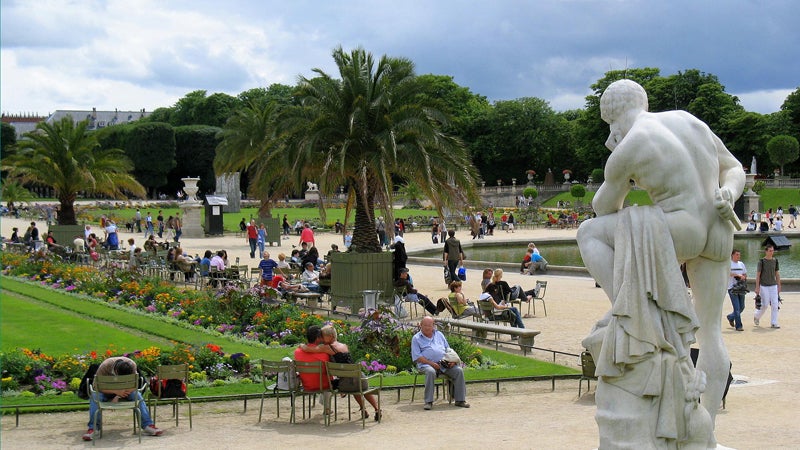
A visit to the Luxembourg Gardens is a mainstay of most tourist itineraries, so why not cross this one off the list in the form of a run? Though it’s , the perimeter is quite short (1.3 miles), so it’s best for a quick 5k or if you want to get in an interval workout. Attached to the centuries-old Luxembourg Palace (where the French Senate meets), the park is heavy on runners and on history, including statuary, a boating pond, and the original version of the Statue of Liberty. The only obstacles you’ll have to dodge are picnickers and gentlemen playing chess. Nestled in the Latin Quarter, the park is accessible from a variety of Metro stops including Odeon, Mabillon, Saint-Michel, and Cluny.
The Seine
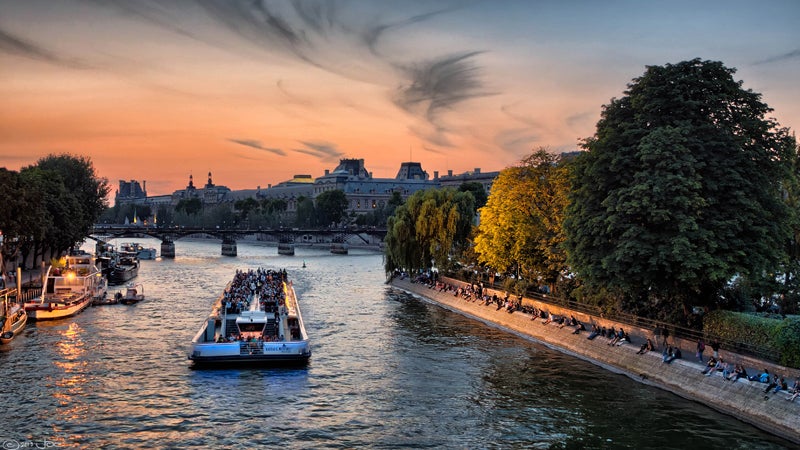
There are few better ways to see the sights of Paris than , which bisects the city’s premier attractions. Take the metro to Pont Neuf, which is right on the river, and begin running east. Follow the water and when you reach Pont d’Austerlitz, cross the bridge and loop back so you’re running on the other side of the water (known as the Left Bank). Keep running until you reach the Musee d’Orsay and you’ll have passed some of the city’s greatest sights including the Louvre Museum, Notre Dame Cathedral, the Ile de la Cité, and the Grand Palais, all in about five miles. Although there is a path by the water, the cobblestones are uneven, so you might prefer to run at street level on the paved pedestrian path (the only drawback will be stopping at traffic lights).
Canal Saint-Martin
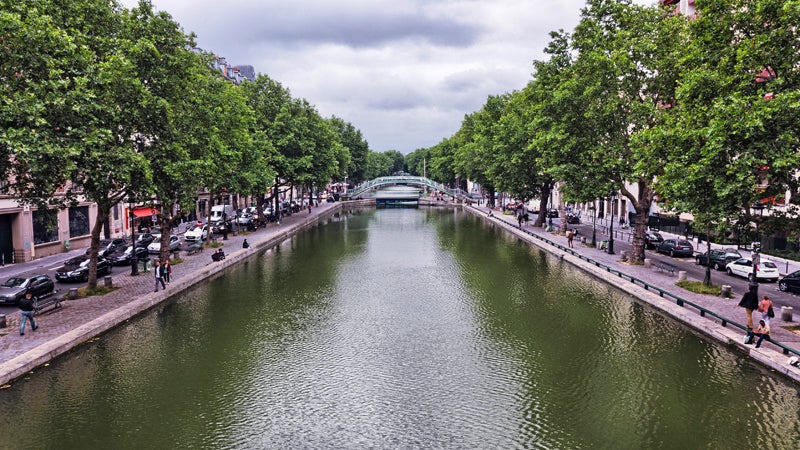
It doesn’t get more idyllic than running on , nestled in the uber-hip tenth Arrondissement in northeast Paris. The canal is 4.5 kilometers (just under 3 miles) long and connects the northern Canal de l’Ourcq to the Seine River to the south. On Sundays, the two streets parallel to the canal—Quai de Valmy and Quai de Jemmapes—are reserved for pedestrians and cyclists. (There are quite a few runners, too). Take the Metro to Republique and walk less than a quarter mile northeast until you reach the canal. Follow the waterway to the north, which will eventually lead you to Parc de la Villette, right on the edge of the Boulevard Périphérique. Then, do what any Parisian would do, turn around and pick out one of the hip cafés and bars on the canal for a post-workout l’a��������(�������پ���).
Bois De Boulogne
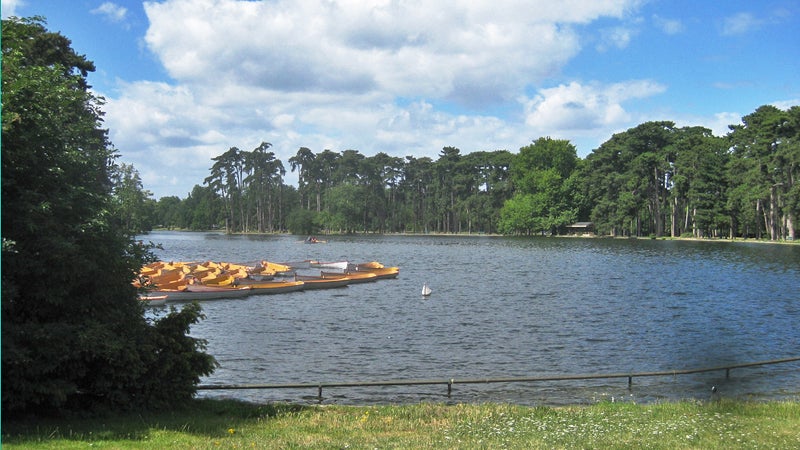
Bois de Boulogne is one of those urban running gems that doesn’t feel urban at all. Located in the western edge of the 16th Arrondissement, and is home to two lakes, several ponds, the horse-racing grounds of , as well as the stadium, where the French Open is played. Though it’s on the edge of the city and thus requires a special trip to get to it, you’ll be in good company getting a long run in while exploring its 2,000 acres and numerous trails. For a shorter run, try doing laps around the 1.5-mile path surrounding Lac Inférieur. The closest Metro stations are Porte Dauphine and Ranelagh.
Parc de Saint-Cloud
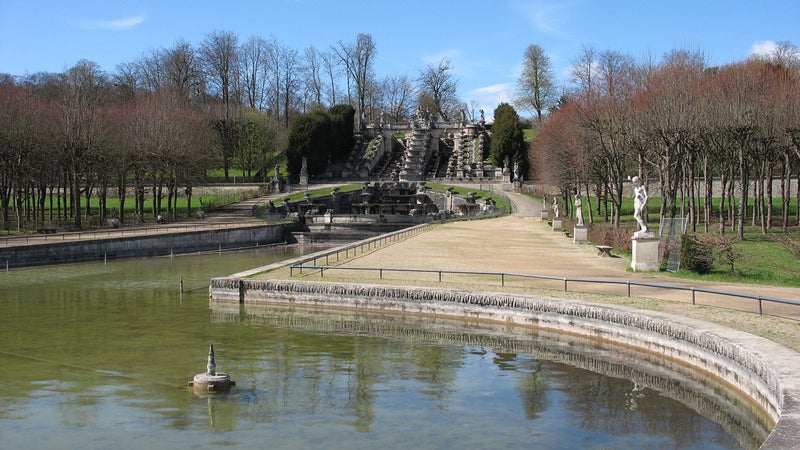
This domaine national (national park) is actually located outside what’s officially considered Paris—which is everything encircled by the ring road known as Boulevard Périphérique—but . Covering more than 1,000 acres, the park dates back to the 16th century when it served as the preferred residence of Napolean Bonaparte. Since then, it’s been distinguished one of the most remarkable green spaces in Europe. Running through the centuries-old fountains, monuments, and perfectly straight tree-lined paths is an other-worldly experience and will keep you entertained for miles. It also offers two things that are hard to find within the Périphérique: a panoramic view of the city (which can be found at the park’s highest elevation, La Lanterne viewpoint) and comparatively fewer crowds compared to inner Paris’ parks.


